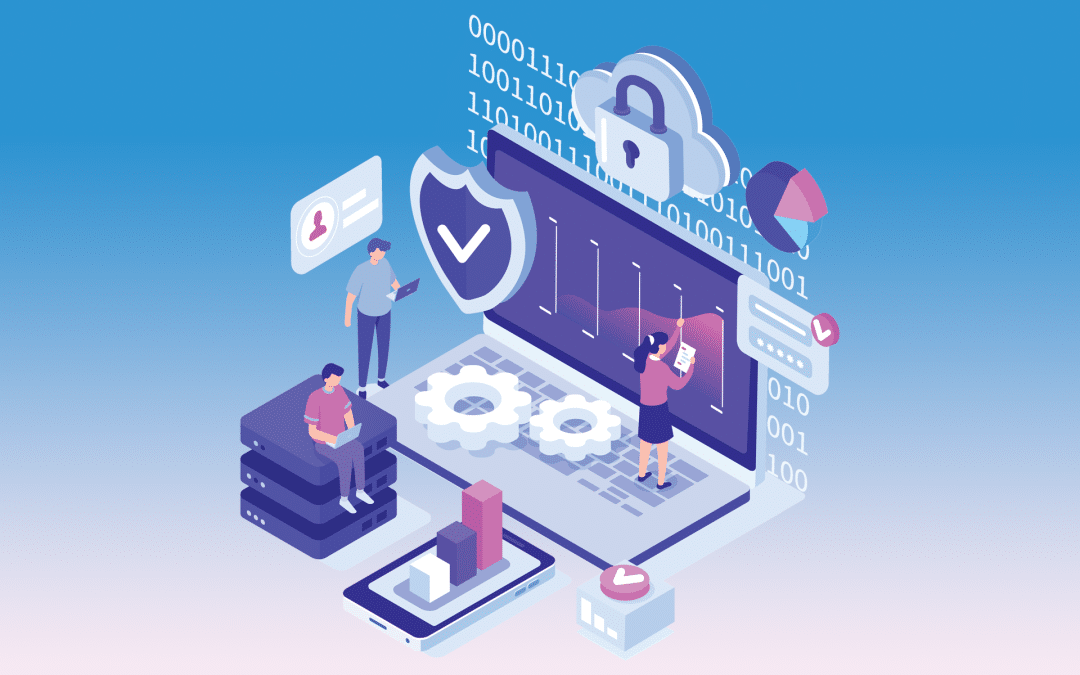Cyber offensives are tending to multiply (+30% in 2023 for ransomware). They destabilize organizations, break down services and put teams under pressure. In the era of digital transformation and state doctrine
“Cloud at the heart”, how do you reconcile the need for security with growing dematerialization?
While cloud migration enables the development of a new generation of digital services (paperless administrative procedures, collaborative tools, open data, smart city, etc.), it also requires vigilance at multiple levels, from the heart of the infrastructure right through to usage. For organizations, taking responsibility for securing these systems themselves is complex and time-consuming, requiring cyber skills that are in short supply on the job market. Another costly option is to delegate security management to a third-party service provider, separate from the cloud provider.
Between these two approaches, there is a third way: choosing a single partner who natively integrates the security bricks, teams and processes needed to make them work, into its cloud offering. The cegedim.cloud vision brings together these three key components of good cybersecurity practice.
Sovereign cloud operators naturally need to control the security of their own systems. It also aims to create the conditions that will enable customers to optimize the security of the resources that remain under their responsibility as principals, including in particular applications and data subject to regulation. How do you ensure this dual role? Via the implementation of managed cybersecurity solutions, natively integrated into cegedim.cloud services.
This includes protection and prevention (reverse proxy, firewall, VPN, administration bastion, strong authentication, privilege management, hardening, vulnerability audits, protection against denial-of-service attacks, security event and information management, etc.), detection and response (EDR, behavioral analysis, intrusion detection probes, 24/7 SOC monitoring, etc.) and disaster recovery.
This integrated approach to safety is based on a clear definition of each person’s responsibilities. Much more than a simple “toolbox”, it provides both technological and human support, for a fully controlled transition to the cloud.

Romain Vergniol, Information Systems Security Manager
